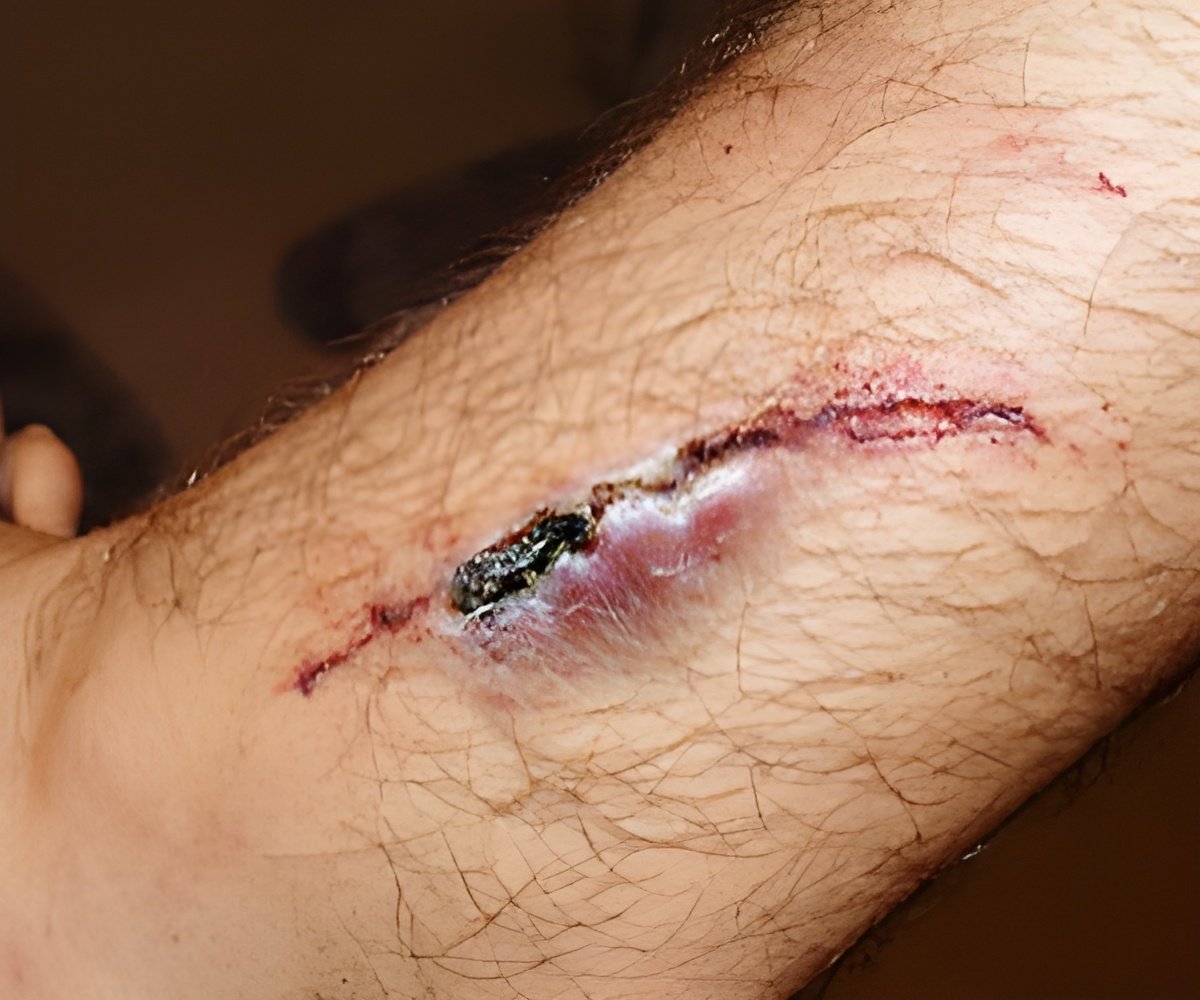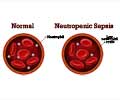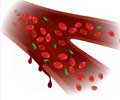A new nanoparticle-based treatment delivers anti-inflammatory molecules and antibiotics.

‘The nanoparticle treatment performed much better than using NAD(H) alone. For instance, in an endotoxemia mouse model, mice without any treatment or treated with free NAD(H) died within two days.’





The new system saved the lives of mice with an induced version of sepsis meant to serve as a model for human infections and is a promising proof-of-concept for potential new therapy, pending additional research. The new nanoparticles delivered the chemical NAD+ or its reduced form NAD(H), a molecule that has an essential role in the biological processes that generate energy, preserve genetic material and help cells adapt to and overcome stress. While NAD(H) is well known for its anti-inflammatory function, clinical application has been hindered because NAD(H) cannot be taken up by cells directly.
Nanoparticles for Sepsis Treatment
“To enable clinical translation, we need to find a way to efficiently deliver NAD(H) to the targeted organs or cells. To achieve this goal, we designed a couple of nanoparticles that can directly transport and release NAD(H) into the cell, while preventing premature drug release and degradation in the bloodstream,” says Gong, who also holds appointments in the Department of Biomedical Engineering and the UW School of Medicine and Public Health’s Department of Ophthalmology and Visual Sciences.The interdisciplinary work was led by Gong along with Mingzhou Ye and Yi Zhao, two postdoctoral fellows in the Gong lab. John-Demian Sauer, a professor in the Department of Medical Microbiology and Immunology also collaborated on the project.
Sepsis can be deadly in two phases. First, an infection begins in the body, the immune system responds by creating drastic inflammation that impairs blood flow and forms blood clots which can cause tissue death and trigger a chain reaction leading to organ failure. Afterwards the body overcorrects itself by suppressing the immune system which in turn increases infection susceptibility. Controlling complications caused by inflammation is vital in sepsis therapy.
Advertisement
In contrast, mice treated with NAD(H)-loaded nanoparticles all survived. These animal studies demonstrated that the NAD(H) nanoparticles can help maintain a healthy immune system, support blood vessel function and prevent multiorgan injury.
Advertisement
“The NAD(H) nanoparticles have the potential to treat many other diseases because NAD(H) is involved with so many biological pathways. There is strong evidence for the use of NAD(H) as an intervention or aid in critical illnesses,” says Gong.
Source-Eurekalert















